Many of us are decreasing the amount of paper we print onto at home, but to include craft patterns in this way of “going digital” may not have occurred to you. Is digital note-taking even a familiar concept yet? I will share my experiences with the GoodNotes PDF annotation app on an iPad in combination with Apple Pencil. The principles can be applied to other tablets, apps and styluses as well, so keep reading if you are curious about how to save paper and have a mobile solution to store your resources!

In This Post
I will cover the following in this blog post:
- Digital Note-Taking
- Using A Stylus
- Using A Keyboard
- Powerful Annotation Apps
- Digital Planning
- The Apple Pencil
- The Two Apple Pencil Generations
- 2nd Generation Apple Pencil
- 1st Generation Apple Pencil
- Other Pencil Stuff
- The iPad Screen Ratio
- The GoodNotes App
- Why GoodNotes?
- Digital Notebooks, Notebook Covers And Stickers
- Hyperlinks
- Examples From Crafting
- Wrapping Up
1. Digital Note-Taking
What is digital note-taking? Note-taking in my view includes the quick scribbles on bits of paper, keeping a calendar with a notes section, taking lecture notes in school or at university, and much more.
Digital note-taking happens when the notes are in electronic form such as on a tablet like the iPad, and therefore often accessible through a cloud service like iCloud on other devices, too.
To make notes you can use both a stylus, which is an electronic pen, and the built-in keyboard of your device.
1.1 Using A Stylus
On Apple devices, to create a digital version of your own handwriting, this means using either their own Apple Pencil, about which you can read more below, or a generic stylus.
The reason for Apple styluses being so expensive is their pressure sensitivity. This allows you to write in a calligraphic way, with some parts of a stroke wider and others thinner. If you have no use for such a functionality and do not plan to create artworks, you can explore more affordable styluses by other manufacturers.
1.2 Using A Keyboard
For text with a keyboard you can activate the built-in option or connect an external keyboard via bluetooth, alternatively use another solution. If you are attending a lecture, using an external alternative may be faster, but many in the digital note-taking community prefer handwriting to maximise learning.
The few times I type on a keyboard away from home, I bring with me my wireless iMac keyboard and connect it via bluetooth to my iPad. This could be an option if you don’t enjoy the iPad covers with built-in keyboard.
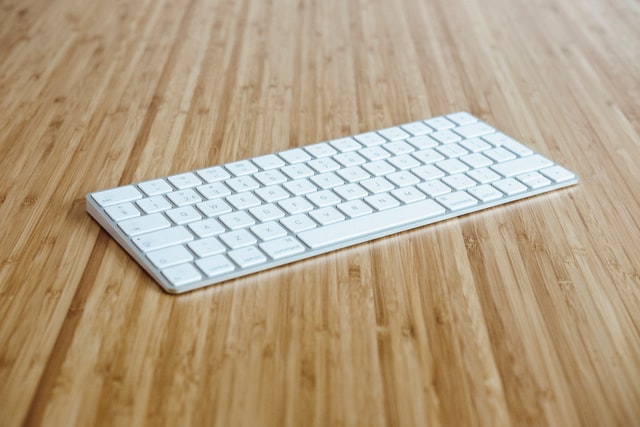
Mitchel Lensink – Apple wireless keyboard
1.3 Powerful Annotation Apps
You can create documents in native notes apps such as Notes by Apple. Dedicated annotation apps however bring powerful features otherwise not available to you in your organising, journalling and other tasks.
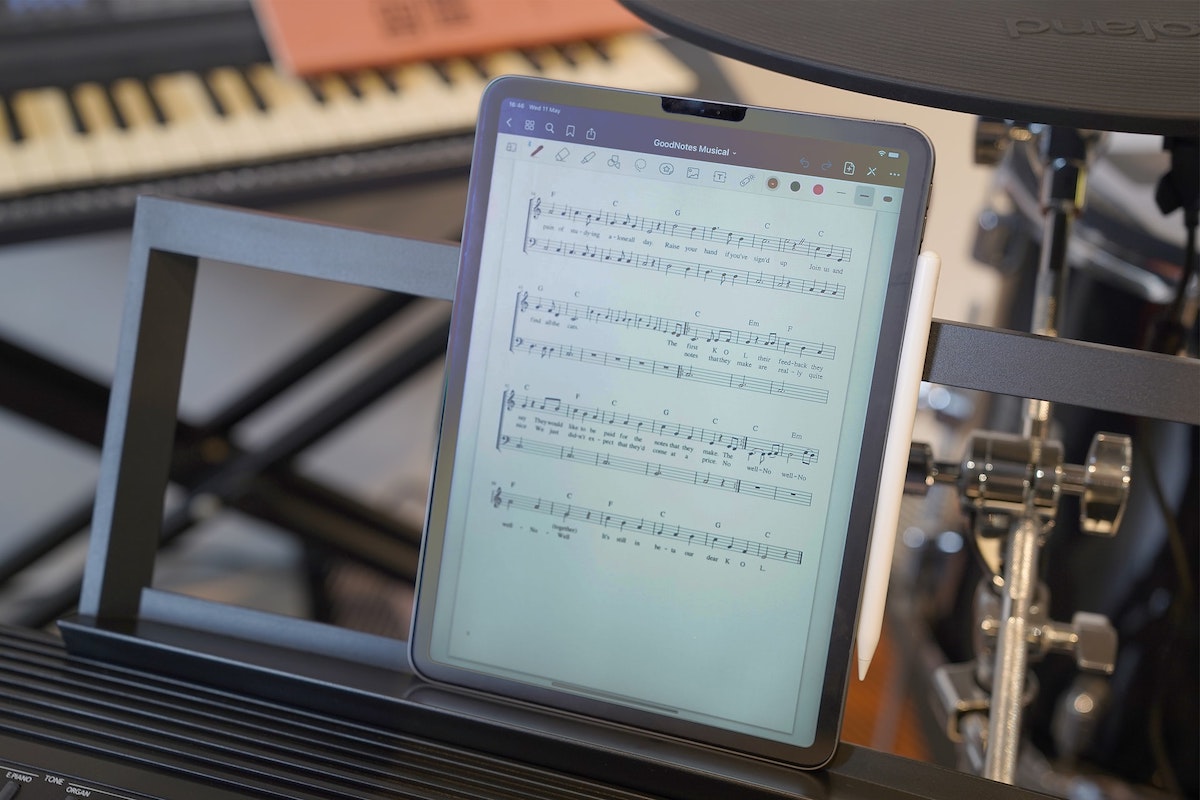
GoodNotes – Musical sheet
The GoodNotes app, which is my preference since a couple of years back, allows you to use the app on an iPhone and a desktop/laptop computer as well with one licence. Synchronisation happens via iCloud and that is where files are stored, whether the app is active elsewhere or not.
1.4 Digital Planning
Before moving on, let’s bring up digital planning, which you may have stumbled upon as well. In my opinion, it is a sub-category of digital note-taking. Planning refers to using a planner, a calendar with sections for project management on mini scale if you will. You can keep track of meals, celebrations, the cleaning schedule, exams, medical appointments, and much more.
Digital planning simply adds the digital dimension to it, but as a concept note-taking is wider with its quick notes, lecture notes etc.
2. The Apple Pencil
2.1 The Two Apple Pencil Generations
Before buying an Apple Pencil you must find out which of the two generations available will be compatible with your particular iPad model. In this case “higher number, more features, better purchase” is not applicable, but there is a right pairing and a wrong pairing to make.
2.2 2nd Generation Apple Pencil
The 2nd generation alternative works with iPad Pro and Air only. This Apple Pencil has no cap that comes off and it has a flattened shape. Charging it happens through magnetism by attaching the stylus to the side of an iPad.
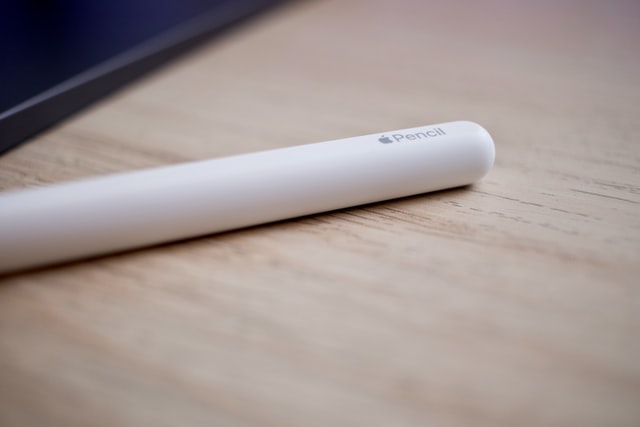
Cristian Lopez – Apple Pencil 2nd generation
On photos featuring artists and graphic designers you frequently see this version in combination with a large iPad intended for professional use. However, the smaller iPads of today pack a lot of punch for much less money, so it may be unnecessary for your needs to make these investments.
2.3 1st Generation Apple Pencil
If you have a basic iPad model like I do, you will pair it with a 1st generation Apple Pencil, which has a removable cap for charging the stylus. For a quick boost, place the exposed head in the iPad (where you normally charge the iPad itself), and for a longer charging, attach the stylus via its middle piece to a usb charger and then electricity source.
Its shape is rounded, which causes the stylus to roll on any non-horizontal surface.
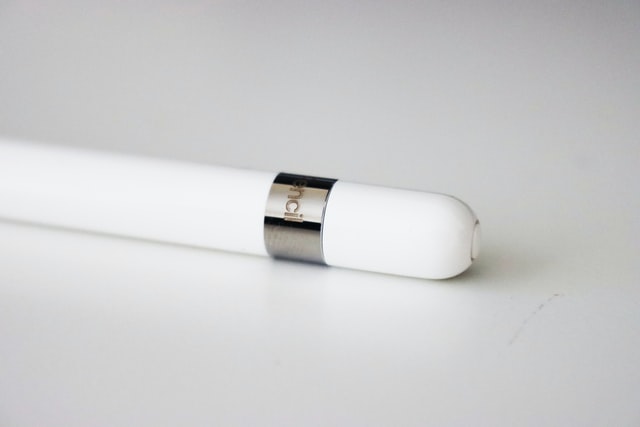
Joan Tran – Apple Pencil 1st generation
This is an expensive electronic device, so my recommendation is to invest in a small kit of 3D-printed accessory bits:
- A pencil grip to put around at least the lower half of the stylus: to create friction when writing, and to prevent some rolling when placed on a table
- A cap cover: to allow the cap to dangle from the stylus once removed for charging so the cap does not get lost
- A strap for the charger bit: to attach it to the end of a charger cord so it does not get lost
I got my set on Amazon back in the day but they may be sold elsewhere now, too.
2.4 Other Pencil Stuff
Some people find that the tip of their Apple Pencil glides. There are covers available now that create some friction when the stylus is in use.
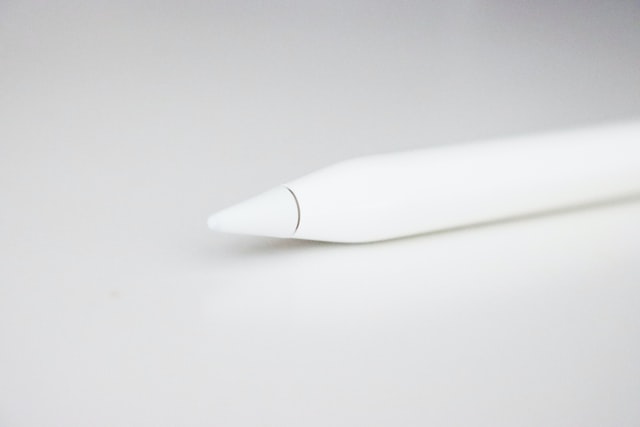
Joan Tran – Apple Pencil tip
Also note that this piece comes off, so if you feel the connection breaking between stylus and iPad screen, try gently screwing the tip tighter.
If you decide against a tip cover, you could instead buy a screen cover to increase friction in addition to its other perks. A very popular choice among artists, designers and the like is Paperlike, which supposedly even decreases reflection and thereby makes it easier to read or watch the screen outdoors.
3. The iPad Screen Ratio
What is screen ratio, you might ask? It is the ratio between screen width and height. The screen of the largest iPad Pro on the market is 2048 px wide by 2732 px tall, which creates a 1:1,33398 ratio.
This approximate same ratio is to be found on for example iPad 6, which is my own tablet at the moment. Newer basic iPads tend to have the same ratio as 6, but iPad mini, iPad Air and the 11-inch iPad Pro are different.
If you import printable PDF files of A4 or US Letter size to GoodNotes, there will be gaps between screen edges and the edges of the file. Likewise, digital PDF files will most likely vary, unless they have been created for the specific screen size.
I create PDF files intended to be used digitally in for example annotation apps such as GoodNotes in the ratio 2048 px by 2732 px (or the reverse if the file has landscape rotation). This serves people with both the smaller and largest budgets.
4. The GoodNotes App
4.1 Why GoodNotes?
GoodNotes is one of many annotation apps and the first one I heard of in 2019 when first stumbling upon hyperlinked planners. Its user interface is pleasant in my opinion, and since it syncs to the iPhone and iMac via iCloud without extra cost, I haven’t found a reason to test competing apps beyond looking at screenshots available from them.
4.2 Digital Notebooks, Notebook Covers And Stickers
In addition to annotations, you can attach digital stickers to your files. They literally are stickers, but with the bonus that you can resize them, move them around or remove them.
You can group your notes in notebooks by using GoodNotes page templates or imported PDF pages.
To customise these notebooks (or calendars for that matter) even further, you can import digital notebook covers. These are PDF files usually and the nice thing is that you are able to change a cover to suit your changing moods, celebrate seasonal changes, or show the contents of a specific notebook by adding a themed cover to it. Many covers have “labels” onto which you can write the content or name of your notebook.
4.3 Hyperlinks
Hyperlinks are oh so good. In the context of annotation apps they are internal links to allow swift jumping between pages.
You find hyperlinks in calendars typically, but they also bring your digital note-taking to a whole new level when added to the sidebar where notebook dividers have been placed. Imagine a notebook with twelve dividers, one for each month to sort your home-maintenance schedules, mood trackers or craft projects chronologically.
Note that these hyperlinks do not work when in editing mode. You have to exit editing mode and use hyperlinks in viewing mode only. It is an extra step, but many digital planners made today can grow past 1000 pages, so you can imagine trying to scroll efficiently through that amount without hyperlinks. In the end, a digital calendar or planner can speed up your work considerably thanks to its many strategically placed hyperlinks.
4.4 Examples From Crafting
Now is the time to bring up some practical examples from the world of crafting. You could import digital patterns one by one to view them on your tablet instead of printing pages out for single use.
Sort the patterns into folders, for example by technique.
Add notes to remember your customisation ideas: which fabric or yarn to use, what colours could work (test palettes by switching pencil colour) and gift recipients’ wishes.
Keep track of your progress when for example knitting or embroidering cross stitches.
I have even been known to draw quick sketches for my own pattern designs, using pencil colours and geometric shapes to capture ideas.
You can certainly come up with many other uses too!
Wrapping Up
I hope this walk-through was useful to you! If you are tired of scattered paper notes and single-use printed pages, digital note-taking is worth giving a shot.
I know many in Europe haven’t heard of digital note-taking yet, so this is an attempt to bring decluttered and paper-saving techniques to others. During my lectures in business school a few years ago I was the only one to take notes in this way. Globally, however, GoodNotes is a household name, so check out their hashtag on Instagram for stunning lecture notes, planner pages, etc.
If you have thoughts or questions to share, please use the comment section below!
Photo credit: GoodNotes.

Leave a Reply
You must be logged in to post a comment.